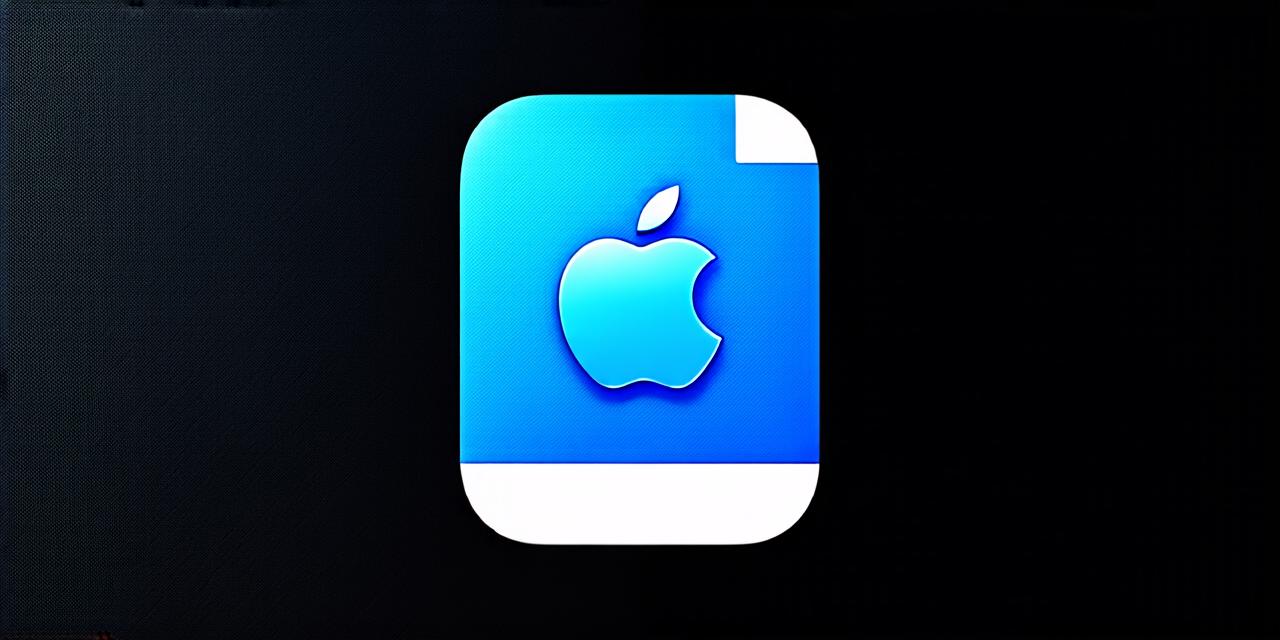How to Prevent Safari Browsing History Deletion on an iPhone Running iOS 17: A Guide for iOS Developers
As an iOS developer, you know that privacy and security are of utmost importance. One area where many users struggle with is preventing the deletion of their Safari browsing history on their iPhone running iOS 17.
Understanding Browsing History Deletion in Safari
Before we dive into the strategies for preventing browsing history deletion, it’s important to understand why this feature exists and how it works. By default, Safari on an iPhone running iOS 17 will delete your browsing history after a certain period of time. This is done to protect your privacy and prevent others from accessing sensitive information that you may have viewed online.
However, for some users, deleting their browsing history can be frustrating or even dangerous. For example, if you need to reference old information for work purposes, or if you’re researching something that could potentially put your privacy at risk, you don’t want your browsing history to disappear.
Luckily, there are a few strategies that you can use to prevent this from happening. In the next section, we will explore some of these options.
Strategy 1: Enable “Keep a History of Your Websites”
One of the easiest ways to prevent Safari from deleting your browsing history is to enable the “Keep a History of Your Websites” feature. This setting allows you to keep your browsing history indefinitely, so you can reference old information whenever you need it.
To enable this feature, follow these steps:
- Open the Safari app on your iPhone.
- Tap on the gear icon in the top right corner of the screen.
- Scroll down and tap on “Privacy & Security.”
- Toggle the switch next to “Keep a History of Your Websites” to the “On” position.

By enabling this feature, you can rest assured that your browsing history will always be available when you need it. However, keep in mind that enabling this feature also means that your browsing history will take up more space on your iPhone, so if you have a limited amount of storage, you may want to consider using one of the other strategies outlined below.
Strategy 2: Use a Third-Party Browsing History App
If you don’t want to enable the “Keep a History of Your Websites” feature in Safari, or if you’re looking for more control over your browsing history, you may want to consider using a third-party browsing history app. These apps allow you to view and manage your browsing history, so you can keep it organized and easily accessible.
Some popular options include:
- 1Password
- Private Browsing Manager
- Dashlane
These apps can be downloaded from the App Store, and most offer free or paid versions depending on the level of functionality you need.
Strategy 3: Use a Password Manager
Another way to keep track of your browsing history is to use a password manager. A password manager is a tool that securely stores all of your passwords, so you don’t have to remember them. This can be especially helpful if you’re using Safari’s private browsing mode or if you’re logging in to a lot of different websites with different usernames and passwords.
When you use a password manager, it will automatically fill in your login information for you whenever you visit a website that you’ve saved in the app. This can save you time and make it easier to keep track of your browsing history, since you won’t have to remember all of your logins.
There are many different password managers available, including:
- 1Password
- Dashlane
- LastPass
- Bitwarden
- Password Boss
All of these apps offer free or paid versions depending on the level of functionality you need.
Strategy 4: Use a VPN
Finally, if you’re concerned about keeping your browsing history safe and secure, you may want to consider using a virtual private network (VPN). A VPN encrypts all of your internet traffic, so even if someone else on the same network as you is able to view your browsing activity, they won’t be able to see what websites you’re visiting or what information you’re accessing.
A
